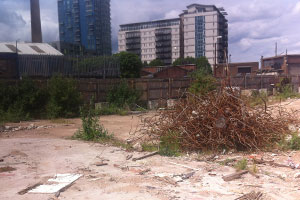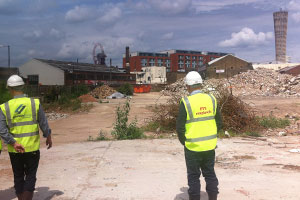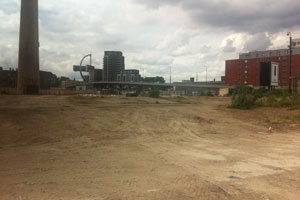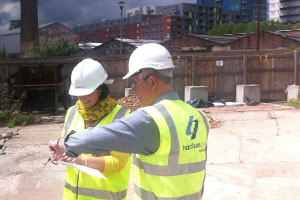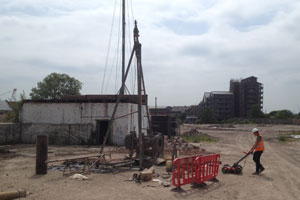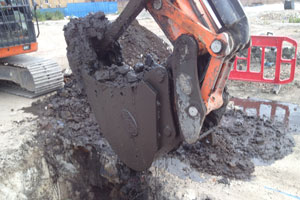
Stratford, East London
LOCATION: Stratford
PROJECT TYPE: Ground investigation - red site
VALUE: £260K
BACKGROUND
Redevelopment plans for this 10 hectare site located in Stratford, East London, include for open streets with new shops, cafés, hotels, over 1,200 residential units and 58,000m2 of commercial office/business space. The site has had a long and diversified industrial history, resulting in a legacy of known and unknown areas of ground and groundwater contamination.
SCOPE OF WORK
Harrison Group were instructed to undertake the ground investigation to provide geotechnical and environmental information to aid in design of the development. Ground investigation works included:
Trial pits
Cable percussive boreholes
Dynamic continuous sampling boreholes
Static cone penetration testing
Sampling
In-situ testing
Installation of multilevel groundwater and ground gas monitoring wells
Subsequent rounds of low-flow groundwater sampling and monitoring
Working closely with the demolition contactor, Harrison Group installed in excess of 50nr. cable percussive boreholes to depths of up to 35mbgl, the majority having single or nested monitoring wells installed to allow for comprehensive monitoring of ground gas and groundwater. Almost every geological unit that can be found in the London area was encountered at the site, the near surface geology of which has been complicated by deep areas of made ground associated with relic dock features and naturally by river channels cutting through the solid geology.
Prior to breaking ground, service location was undertaken and UXO clearance using downhole and CPT push magnetometers was undertaken due to the risk of encountering unexploded ordnance.
High levels of contamination were encountered during the investigation which resulted in the site being re-designated as ‘RED’, with a short pause in the works during which decontamination units were mobilised and working practices and PPE levels modified accordingly to ensure contained safe working for all site users. Hydrocarbon contamination within the ground needed to be better defined and the CPT rig utilising a membrane interface probe (MIP cone) was used to determine the extent of the hydrocarbon plume within the ground.
OUTCOME
Careful planning and consideration of existing site users was essential to reduce the impact on residents and ensure full utilisation of all of the teams working on the site. This resulted in weekend and unsocial hours working, the investigation being undertaken 7 days a week for part of the programme, which was completed to the satisfaction of our client and within the allocated timeframe.

